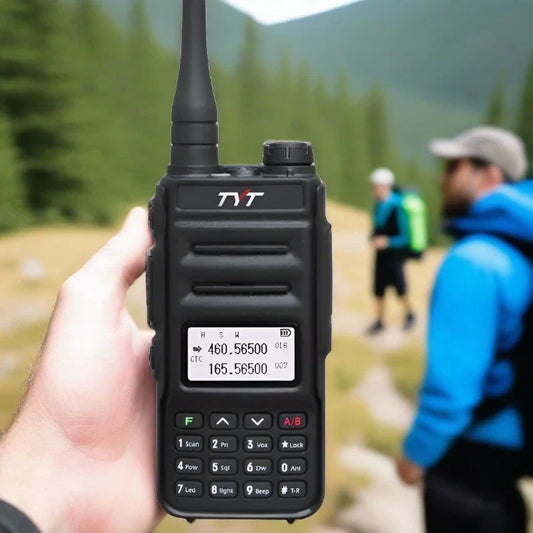-
Big flare activity returns this week with several active regions, namely 3323 and 3327 that have radio blackout potential: Flare activity refers to intense bursts of energy on the Sun's surface. The statement suggests that there will be significant flare activity this week, specifically in two regions labeled as 3323 and 3327. These regions have the potential to cause radio blackouts, which means they may disrupt or interfere with radio communication.
-
At least one, if not two more regions rotating into view over the coming days: This implies that in addition to the active regions mentioned earlier, one or possibly two more regions on the Sun will become visible in the upcoming days. These regions could also contribute to increased radio noise and potential disruptions.
-
More noise on the radio bands: The increased solar activity and the presence of active regions may result in higher levels of radio noise. This noise can interfere with radio signals and make it more challenging to communicate effectively.
-
ICAO space weather aviation advisories: The International Civil Aviation Organization (ICAO) issues advisories regarding space weather conditions that could affect aviation. The statement suggests that there may be advisories issued due to the solar activity mentioned earlier. Pilots and aviation authorities need to be aware of these advisories to take appropriate measures to ensure safe flights.
-
Potential for Earth-directed solar storms: Solar storms are disturbances in the Sun's magnetic field that can release energy and charged particles into space. The statement indicates the possibility of Earth-directed solar storms, which means these storms could head towards Earth. If they reach our planet, they can have various effects, including geomagnetic disturbances and potential disruptions to radio communication.
-
Partly Earth-directed solar storm that should side swipe us later today and could bring aurora to high latitudes: The statement describes a solar storm that is partially directed towards Earth but is expected to pass by our planet without a direct impact. However, the storm could still affect our planet's magnetic field, leading to the formation of auroras (also known as the Northern or Southern Lights) at high latitudes.
-
Non-Earth directed solar storms were just launched along with a notable M4-flare from region 3227: This part suggests that solar storms were recently ejected from the Sun, but they are not headed directly towards Earth. Additionally, a notable M4-class flare (a measure of flare intensity) occurred in region 3227. This information indicates a higher probability of seeing auroras in the later part of the week and into the next due to the recent solar activity.
-
Watch the filament launch that turns into a side-swiping solar storm, watch the new regions develop on the Sun's farside: This suggests that observers should monitor a filament launch on the Sun. Filaments are long, cooler regions of the Sun's surface that appear as dark lines. If the filament launches and becomes a side-swiping solar storm, it could potentially affect Earth. Additionally, it's advised to observe the development of new regions on the Sun's farside, indicating that there may be more solar activity to come.
In summary, the statement informs Amateur Radio or CB Radio operators about the expected flare activity, the potential for radio blackouts, increased radio noise, and the possibility of Earth-directed solar storms. It also mentions the issuance of aviation advisories, the occurrence of solar storms that could produce auroras, and the need to monitor filament launches and new regions on the Sun for potential impacts.









